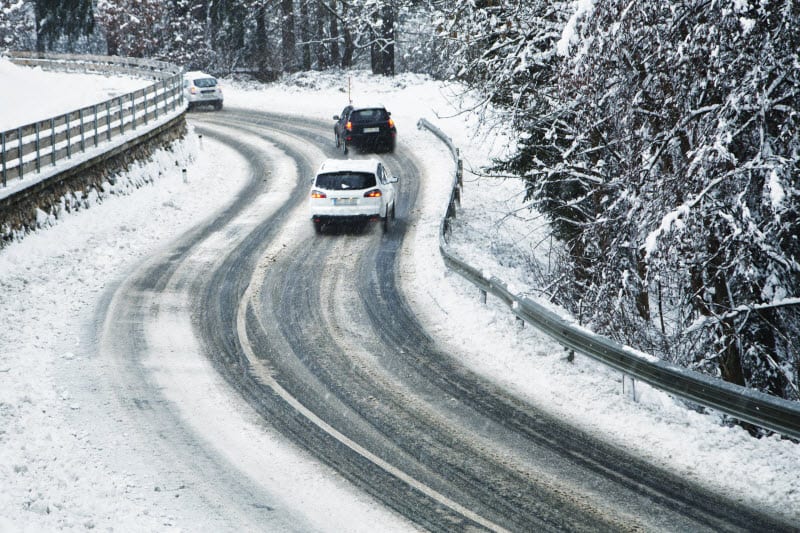The cold winter months can take its toll on your car if it is not properly prepared. There are several steps you can take to ensure your vehicle is properly winterized this year.
Ensure Visibility
Maintaining visibility throughout the winter months is essential for staying safe. Always use a scraper, not your wipers, to remove a heavy frost or ice. You will most likely using your wipers a lot in the winter, so ensure that your blades are in great shape and you have a supply of washer fluid containing antifreeze. Additionally, you should check both headlights for functionality in order to maintain optimum visibility.
Check Your Battery
Batteries need to be replaced about every 3-5 years, however the cold is tough on batteries. AAA’s Automotive Research Center has said that at 0OF, the battery loses about 60 % of its strength and loses 35% at 32OF. You should be wary of a dying battery when you vehicle slowly cranks to a start, your headlights dim when you idle or your battery is beginning to age past 3 years. Also, your battery’s fluid level should be checked if it is a “non-maintenance free” battery. If it is maintenance free, check the window at the top which indicates the charge of your battery.
Consider Snow Tires
Snow tires have greater tread and traction than summer tires, which leads to a safer winter drive. Snow tires should be used only in the winter since they will wear down relatively fast on dry surfaces. However, they increase the safety of all-season tires by a large margin and since you will only be using your all-season tires for half the year, their lifespan is effectively doubled. After Montreal’s mandatory snow tire law went into place, their serious accident rate dropped by 46%.
Let the Engine Warm Up
Although most modern cars can be started and immediately driven in cold conditions, it is better to let it idle for a few moments before driving. Letting it warm up allows time for the oil to heat up and flow more smoothly. Starting your car before you brush frost or snow off should allow plenty of time for sufficient warming. You should drive at moderate speeds until your temperature gauge beings to move.

